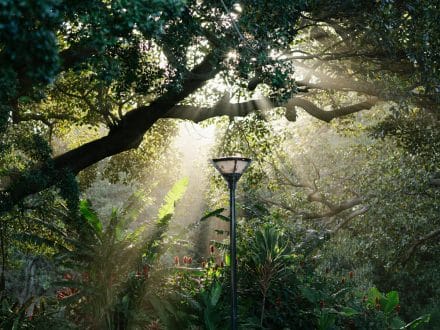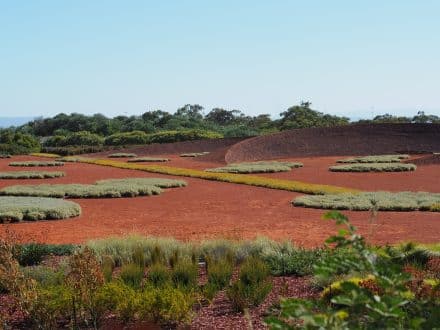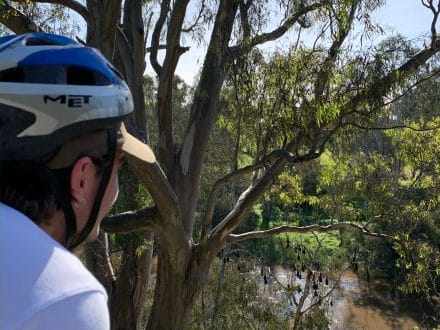Sitting on the south-east edge of Melbourne’s bustling core is a series of cultural, recreational and architectural destinations that highlights the rich tapestry of the city.
Immediately to the south of the Yarra River/Birrarung sits Melbourne’s world-class cultural precinct and the Royal Botanic Gardens. Both provide a respite from the hustle of the adjacent business district, especially the gardens which, at over 38 hectares, provide quiet and pristine natural settings and city views. Given these characteristics it is perhaps no surprise that the adjacent residential area of South Yarra is home to a series of significant projects representative of splendid mid-century architecture.
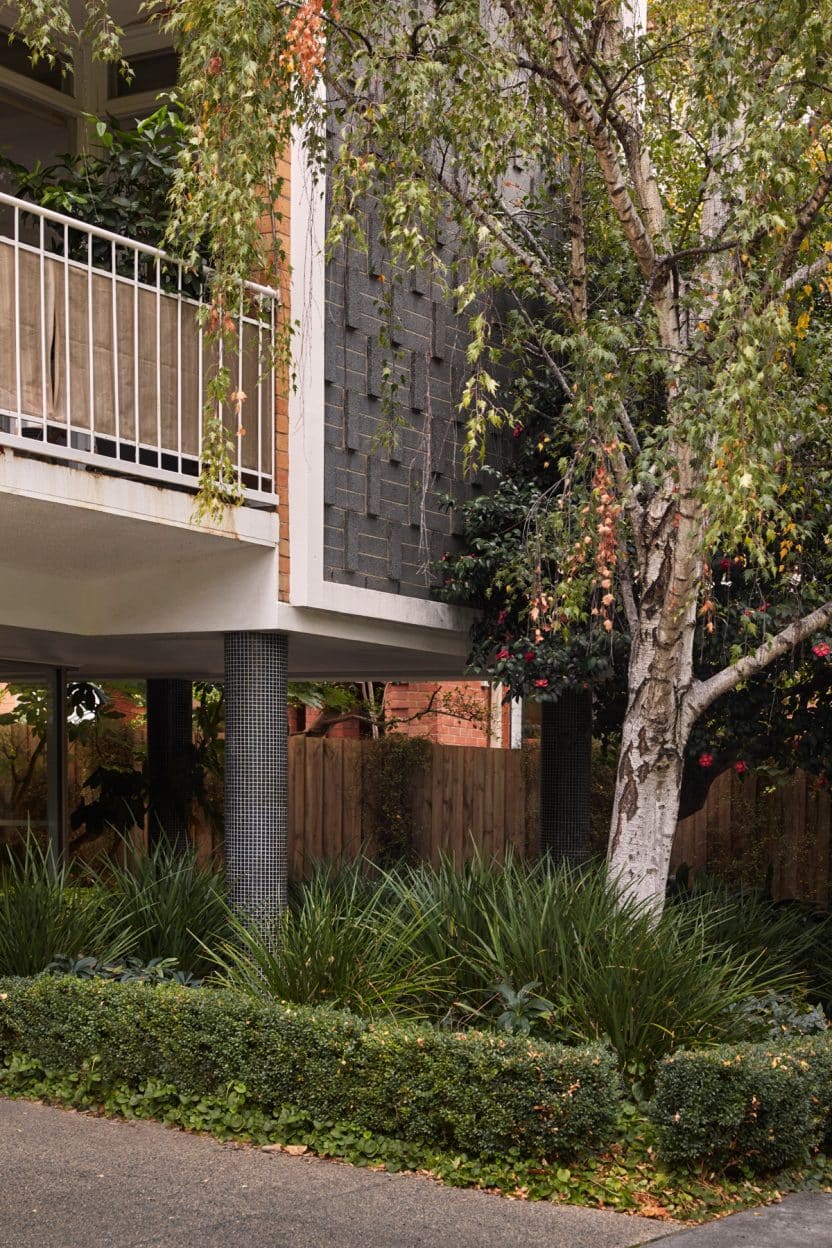
The crown of Melbourne’s art and cultural attractions is the National Gallery of Victoria (NGV). Designed by renowned local architect Roy Grounds and opened in 1968, this iconic building’s dramatic bluestone arch entrance and water wall marks the perfect spot to begin the tour. If you have time, be sure to also explore the current exhibitions, as well as the Great Hall’s remarkable stained-glass ceiling by Leonard French and the annual Summer Pavilion in the rear yard.
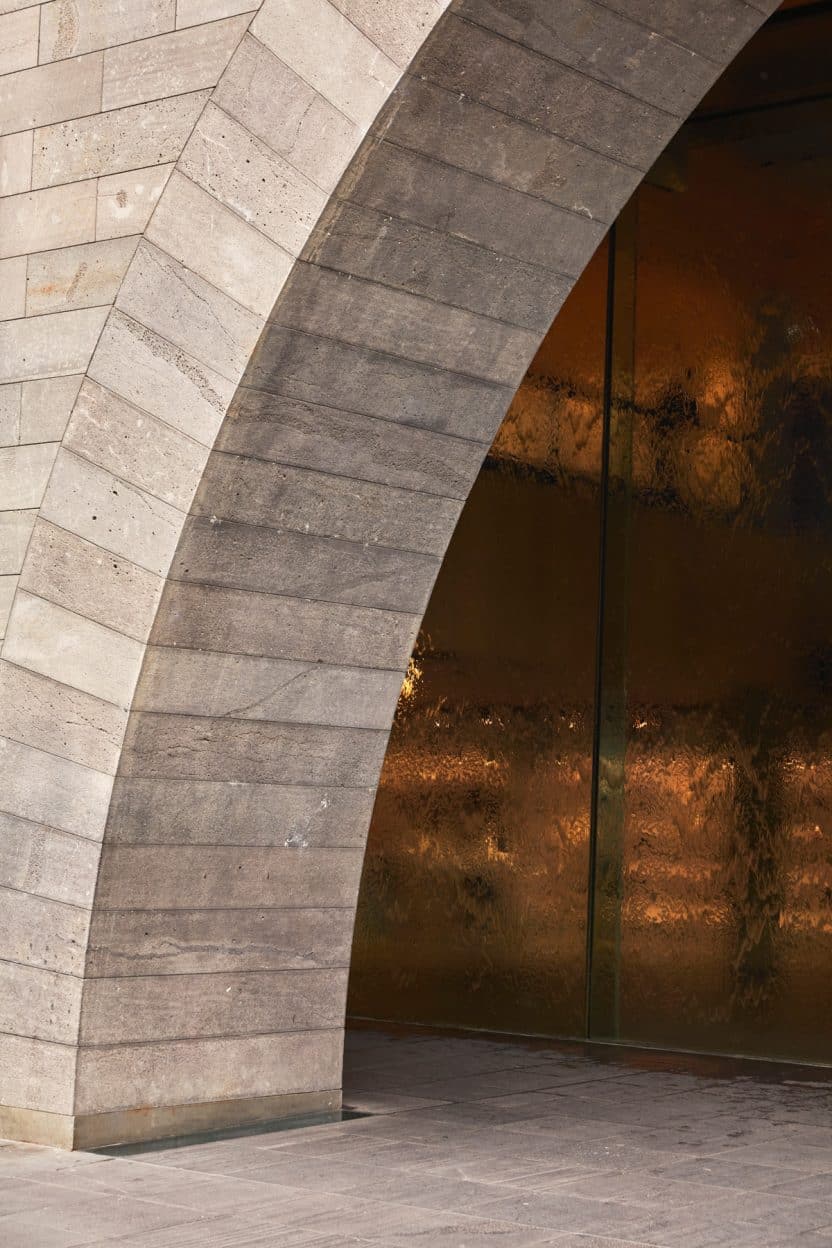
Depart the NGV and cross St Kilda Road to enter the park precinct. During the summer months the Queen Victoria Gardens hosts the MPavilion, Australia’s leading annual architecture commission and – often free – al fresco events space. Continue southward along Linlithgow Avenue to Anzac Avenue where you arrive at the axis of the Shrine of Remembrance concourse. Be sure to appreciate the view back towards the city as this site aligns with the Hoddle Grid and Swanston Street beyond. The Shrine was designed by returned soldiers Phillip Hudson and James Wardrop and opened in 1934. Award-winning and much-loved renovations by ARM Architecture in 2014 transformed the interior and sub-grade spaces and are well worth a thorough exploration.
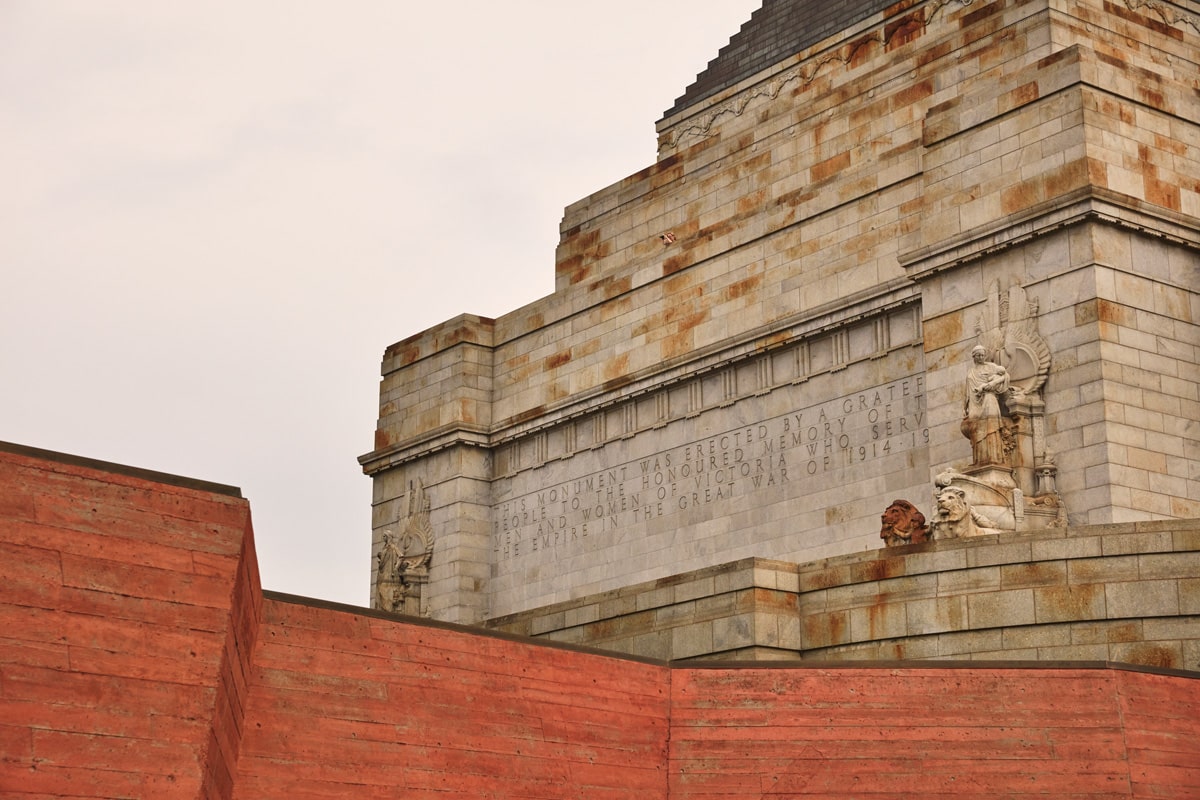
Following the Shrine continue southward out the rear entrance towards Domain Road. Along this stretch sits Melbourne Grammar School with several prominent contemporary educational buildings visible from the street, including the Nigel Peck Centre by John Wardle and the Science and Technology Hub by Denton Corker Marshall. After tracking down these buildings and others on the campus, continue along Domain Road until just before Park Street. This area has numerous food, coffee and restroom options by which to recharge.
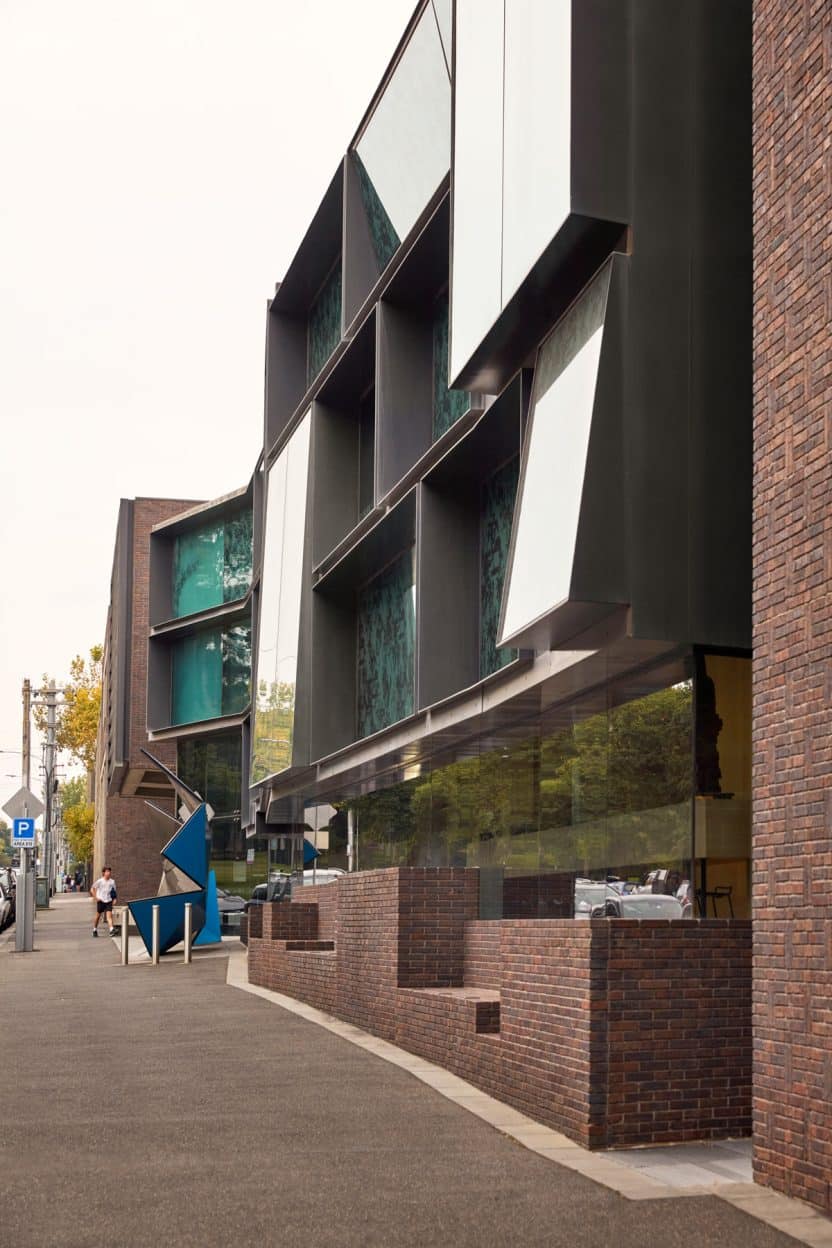
Nigel Peck Centre for Learning and Leadership at Melbourne Grammar, located on Domain Road, South Yarra. Completed in 2007 by Wardle Studio.
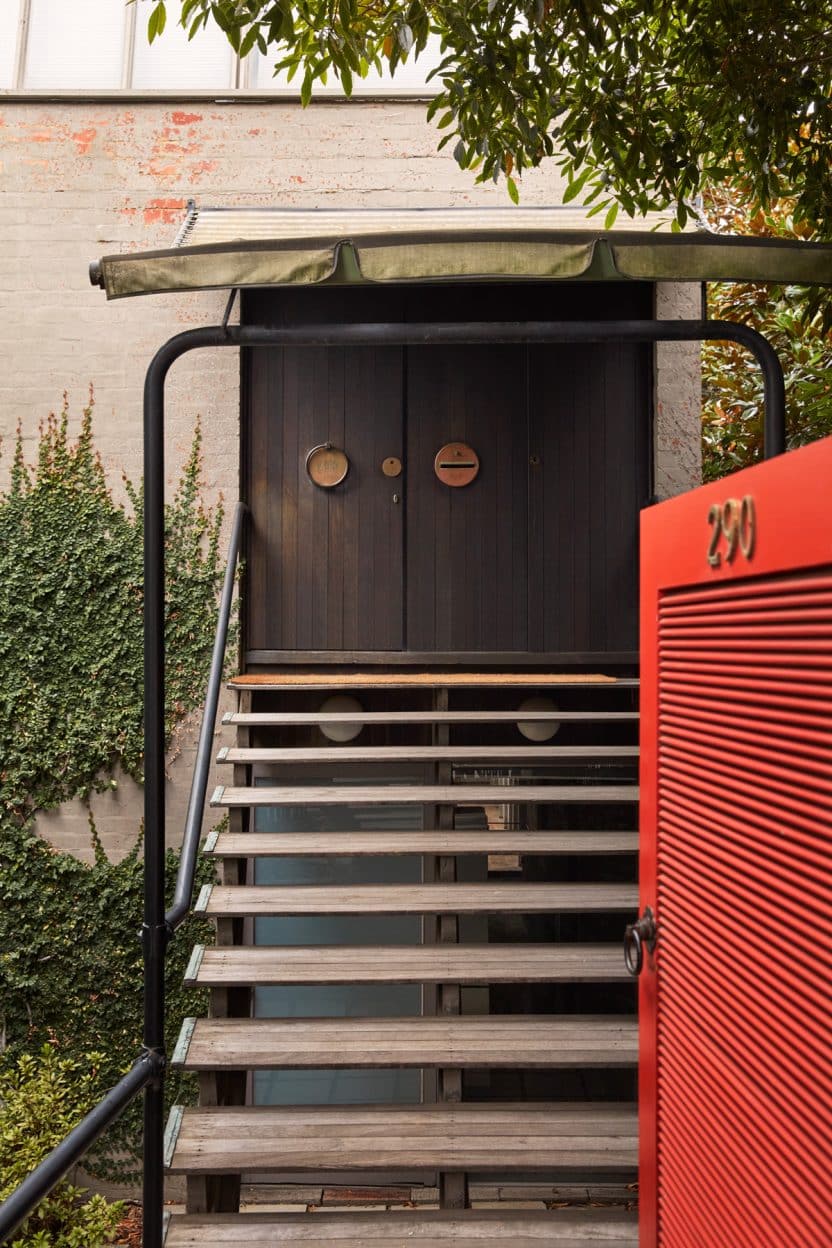
Boyd House II, 290 Walsh Street, South Yarra. Completed in 1958 as the architect Robin Boyd’s own home.
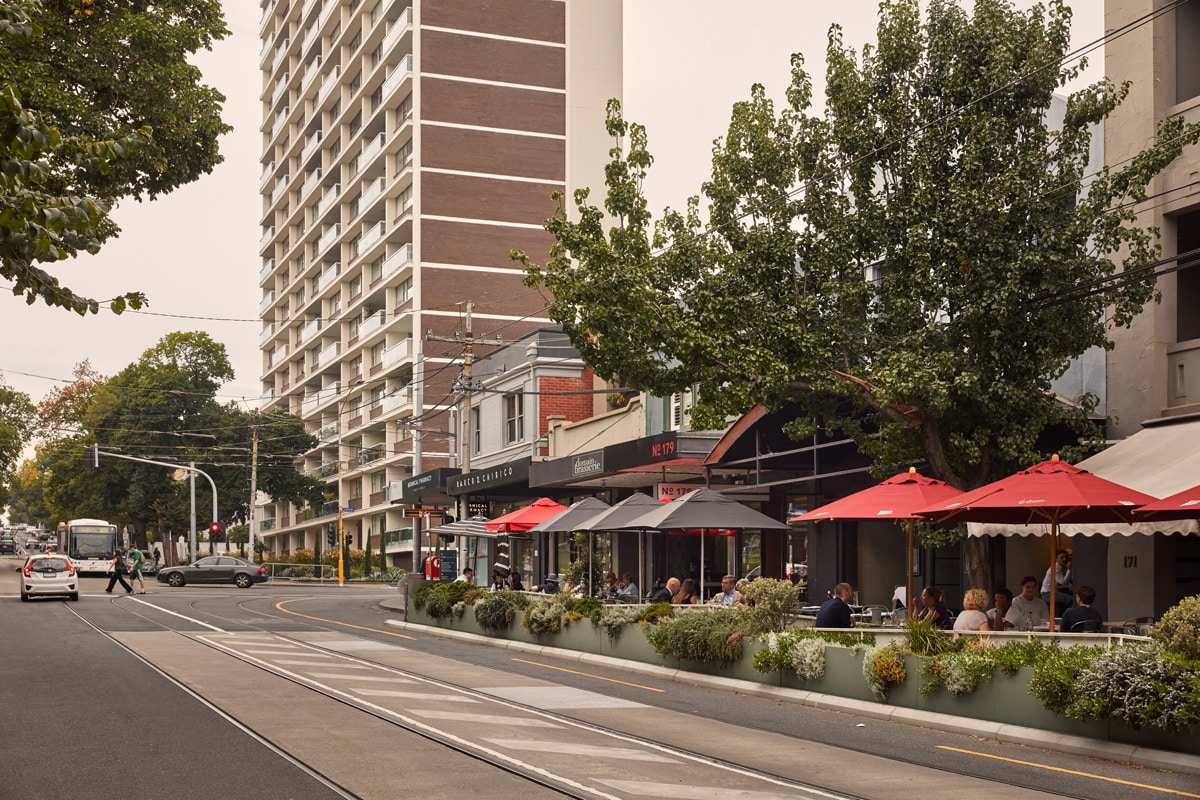
Soaring high above the intersection of Domain Road and Park Street is Robin Boyd’s Domain Park Tower. Completed in 1962, it is an icon of functionalist design. Further westward the prominent mid-century architect Neil Clerehan has two superb projects, the first is the Fenner House which can be found at 228 Domain Road and the other Clerehan House II at 90 Walsh Street. Both are meticulously crafted projects that have an austere street presence, but open to generous nestled interior spaces.
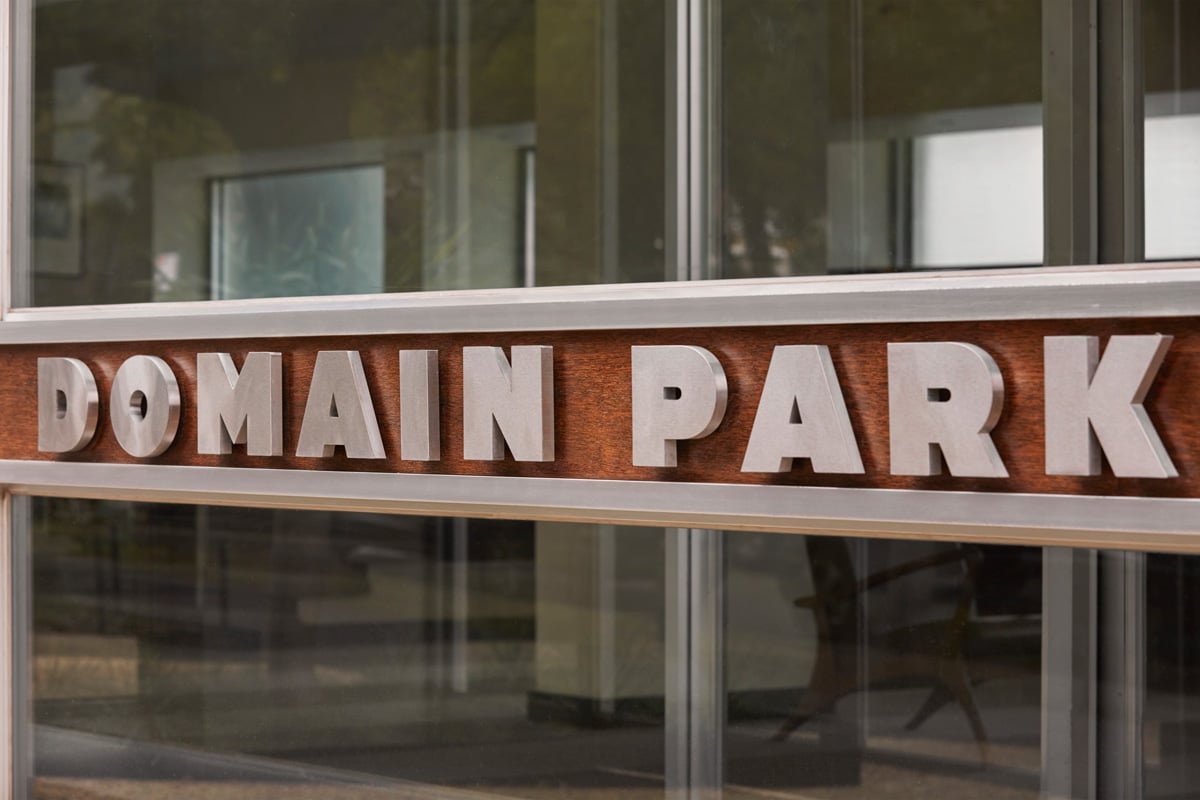
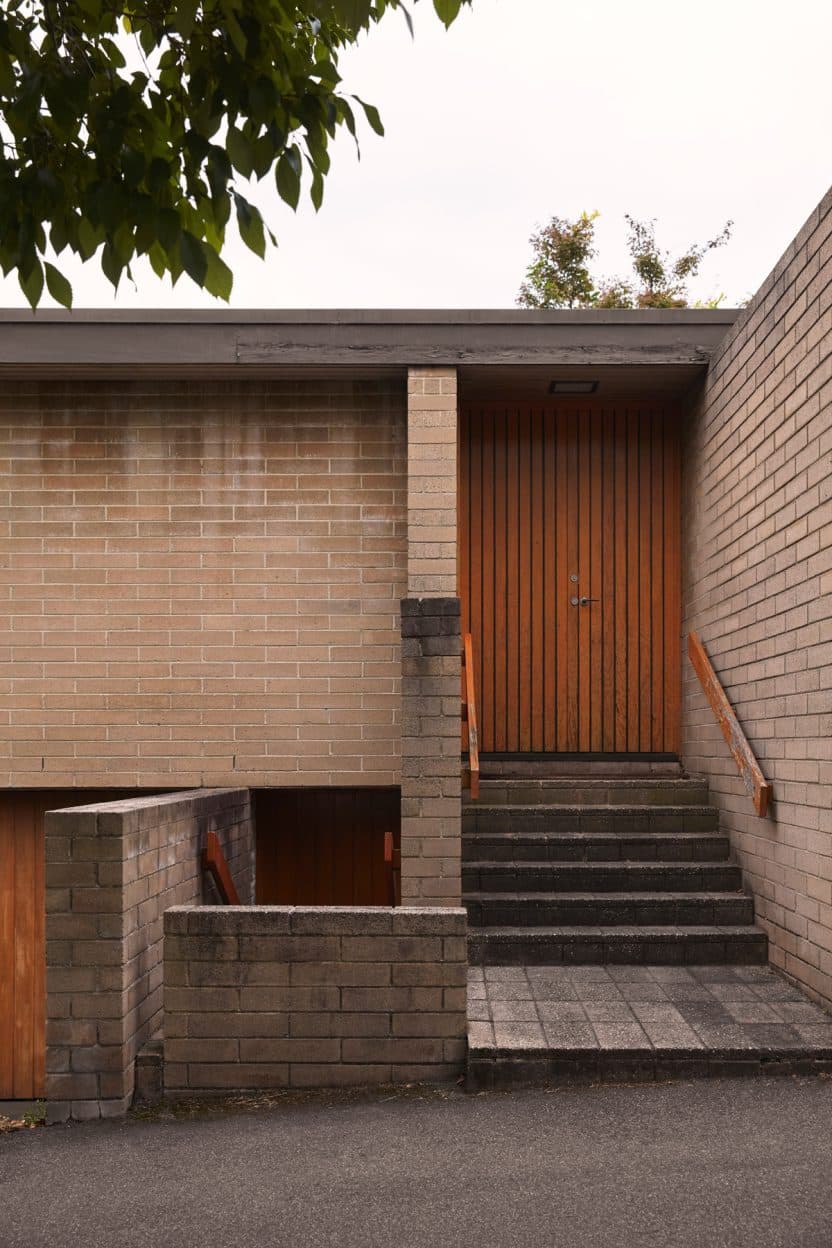
Fenner House, 228 Domain Road, South Yarra. Completed in 1964 by Neil Clerehan.
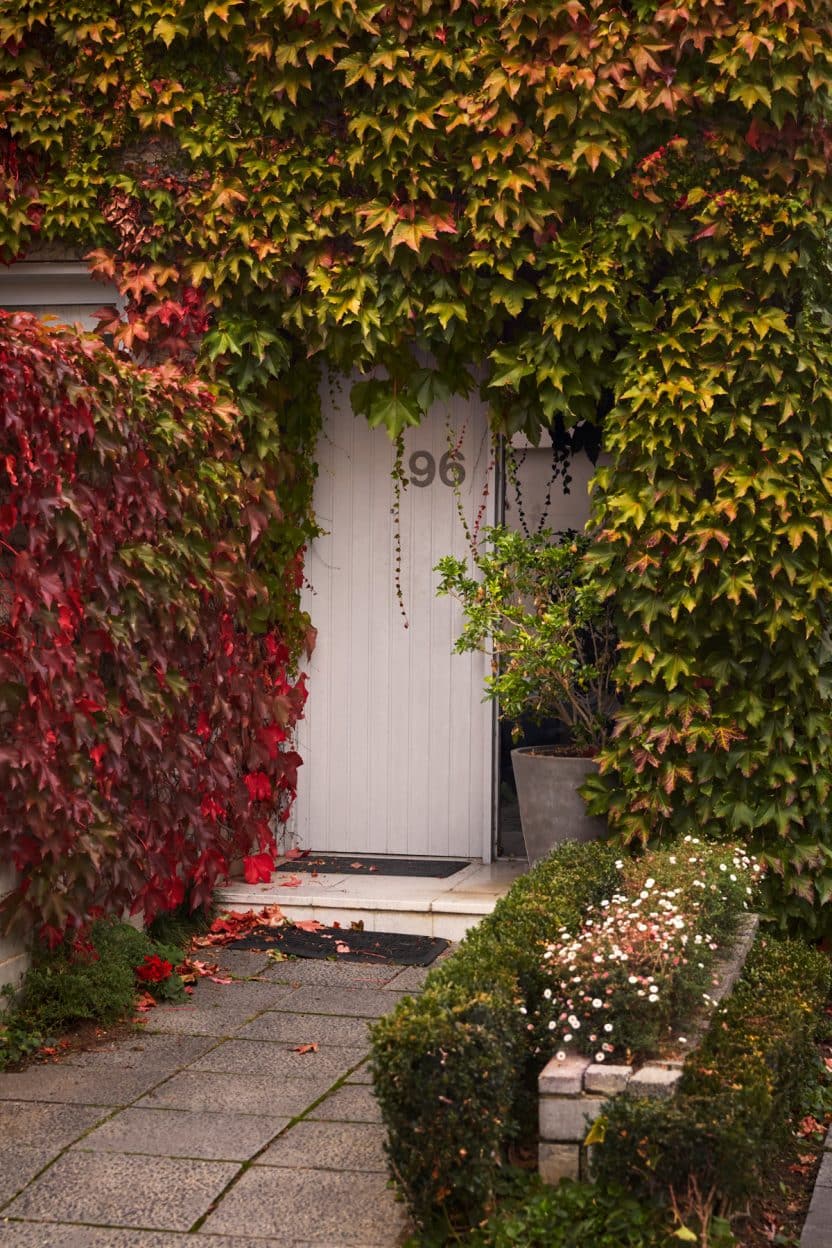
Clerehan House II,
96 Walsh Street, South Yarra. Completed in 1964 by Neil Clerehan.
Over half a century after his death, Robin Boyd remains Melbourne’s most enduring mid-century architectural influencer. His own home Boyd House II can be found at 290 Walsh Street. The home is now the base for the Robin Boyd Foundation and is regularly open for tours. Make your way back toward Anderson Street, enter the Botanic Gardens from its eastern edge and slowly explore the meandering paths. Be sure to find your way to the lake, especially The Terrace café which is a great spot for refreshments. From here head across to the northern edge of the gardens and exit onto the Tan Track. Follow this gravel path around northward back towards the city and drop in on the Sidney Myer Music Bowl, designed by Robin Boyd, and one of Melbourne’s premier live performance venues during the summer months.
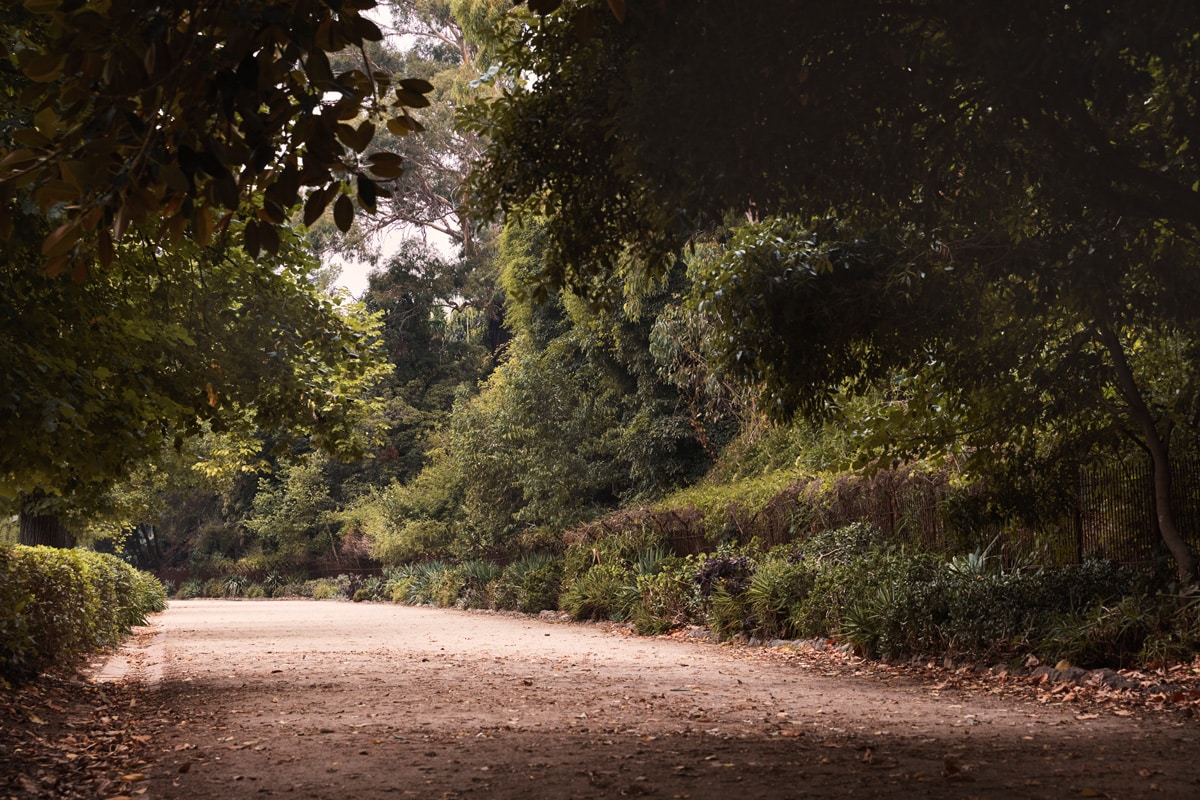
Return around to St Kilda Road and the NGV and if you have any extra time, explore the adjacent Arts Center precinct also designed by Roy Grounds, including Hamer Hall that was recently renovated by ARM Architects.
